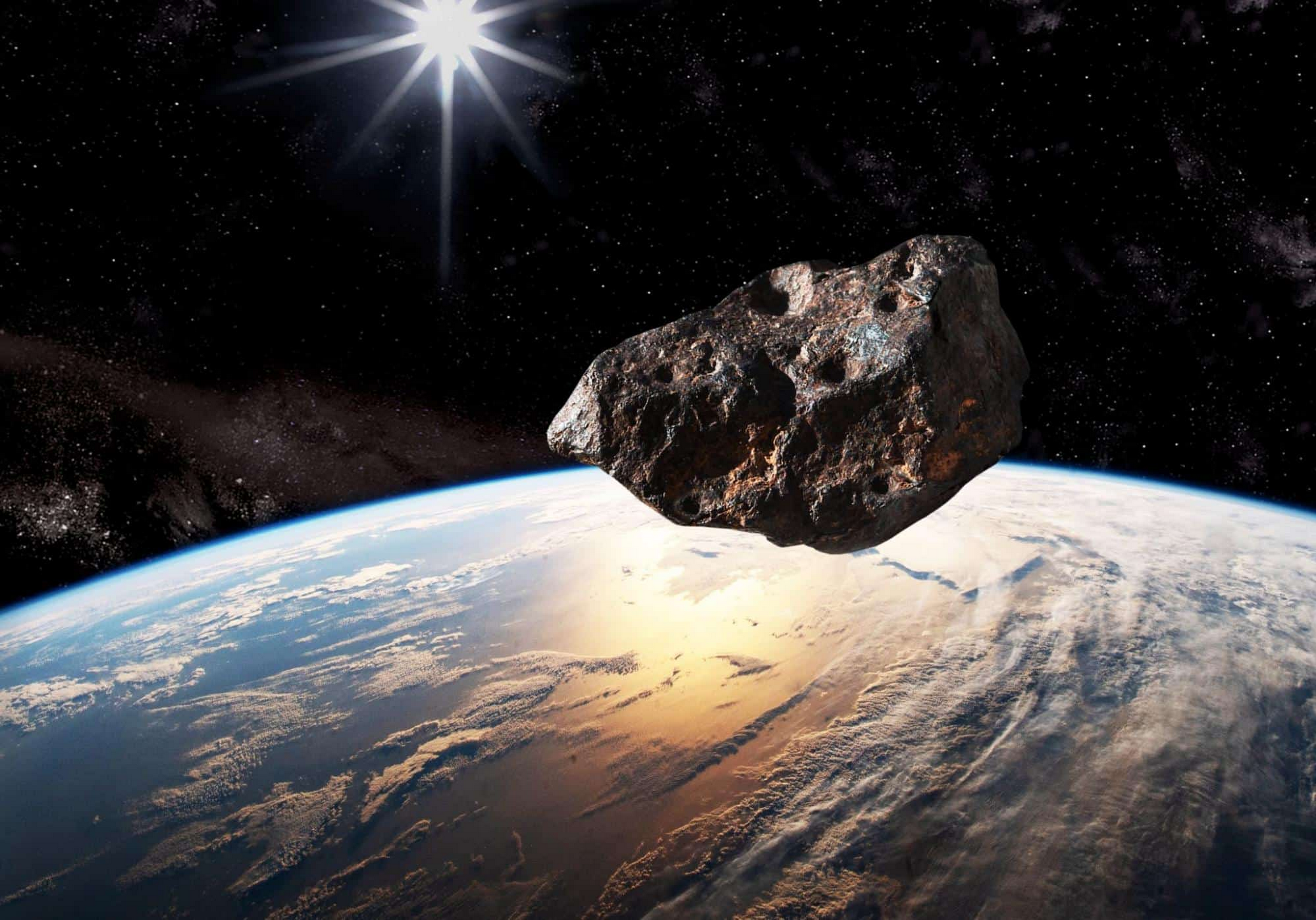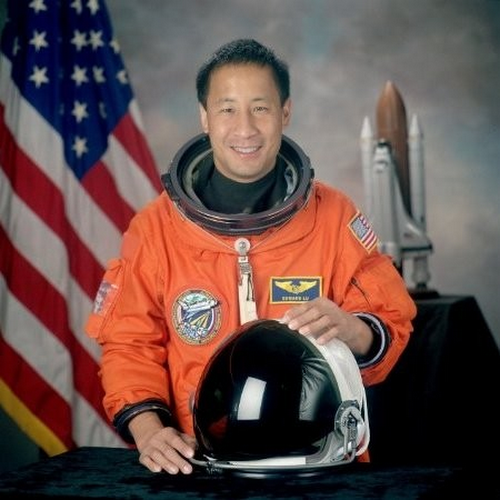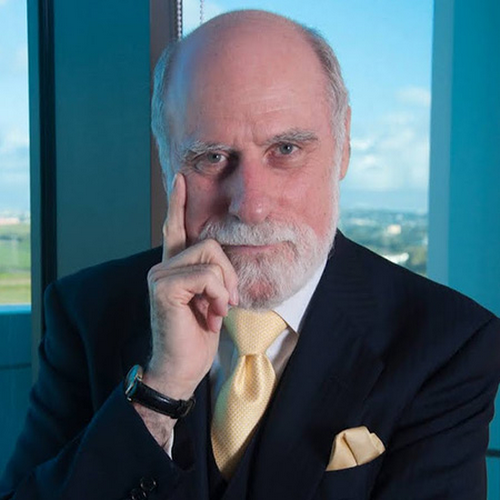Discovering new asteroids from existing data

Massimo Mascaro
Distinguished Technical Director, Applied AI, Google Cloud
Scott Penberthy
Director of Applied AI, Google Cloud
Google Cloud and scientists at the Asteroid Institute demonstrate the value of re-examining existing data with the enormous computational power of cloud computing
In the digital age, our data is currency. It also contains terrific potential to impact the public good, but unlocking that value is hard to do.
Scientists at the Asteroid Institute, a program of the B612 Foundation and a non-profit, are illuminating the way. Today, the Asteroid Institute announced that it has used a new groundbreaking computational technique on existing datasets and discovered 104 new asteroids. Their mission: to facilitate the economic development of space, enhance our understanding of the solar system and to protect earth from asteroid impacts.
We sat down with Dr. Ed Lu, Executive Director of the Asteroid Institute and former NASA astronaut, and Vint Cerf, Vice President and Chief Internet Evangelist at Google, to discuss what this news means for space innovation, for systems-based understanding, and for ways cloud computing can transform life, the universe and everything.
What is the challenge and the opportunity of tracking asteroids?
Ed Lu: Rare, massive asteroid impacts have devastated our planet thousands of times in the past, and will do so again unless we develop the capability to prevent them. This means discovering and tracking asteroids to determine that a particular asteroid is a threat years or decades before it impacts our planet. This same technology also provides the basis for solar system maps, which will enable our continued exploration and eventual development of space.
Vint Cerf: Asteroids are a challenging threat. First, asteroids are very hard to see! They are very small, cosmically speaking, and typically not very reflective, which means they appear as faint and elusive objects in the sky. That makes detection hard with even the largest and most expensive telescopes. Second, many current methods have relied on specific asteroid-seeking surveys done in a prescribed manner. That means asteroid discovery was not scalable because most asteroid surveys would not be suitable for asteroid discovery. Finding a way to change the process to fully utilize available astronomical survey data is really important for us to be able to catalog and track these important neighbors in our solar system.




What is groundbreaking about the Asteroid Institute’s discovery of these 104 new asteroids?
Ed Lu: We’ve proven a new, computationally driven method of discovering asteroids. The Minor Planet Center confirmed and added these newly discovered asteroids to its registry…opening the door for Asteroid Institute-supported researchers to submit thousands of additional new discoveries. This has never been done before, since previous methods have relied on specific telescopic survey operations. Instead, we've been able to identify and track asteroids using enormous computational power.
Vint Cerf: It’s another great example of what cloud technology makes possible. You couldn’t learn about all these asteroids and their movement through space without having significant amounts of computation at your disposal. It's an exciting new tool for mankind. There are a lot of problems in this world that we can’t solve, but technologies that capture and analyze huge data sets is increasingly opening doors that were previously shut. It gives me hope and optimism that by combining human ingenuity, data and large scale computation, we’ll be able to enhance humanity’s prospects and do a lot of good.
What has the collaboration with Google Cloud, particularly its Office of the CTO office, looked like?
Ed Lu: The Office of the CTO has advised us along the way of what’s possible with computation. We started our work in 2019 with an architectural session and hackathons, and continued to meet virtually throughout the pandemic. They’ve advised how computational power can help with asteroid discovery, and the tools and infrastructure provided by Google Cloud have enabled us to begin building a scalable astrodynamics as a service platform.
Vint Cerf: We worked with the Asteroid Institute to create computational tools necessary to amplify an incredibly weak signal, the movement of asteroids, and organize them into identifiable space objects. To do this, we aggregated publicly available data from previous researchers’ observations, many not collected specifically for asteroid discovery. There were millions of images, but we knew computation had the potential to pull out the hidden signal to find the motion patterns that objects like asteroids would make. It took an incredible number of iterations and attempts, but we now have the algorithms and computing horsepower to do that.
It’s a bit like trying to filter gold dust dispersed in water—it’s all distributed and very hard to isolate unless you are extremely precise and sift through a lot of water. Google Cloud made it possible to find these faint signals and extract them from the deluge of data that was thought not necessarily useful for this purpose. Computation was extremely valuable.
Vint Cerf, Vice President and Chief Internet Evangelist, Google
What do you think are the big implications of this breakthrough?
Ed Lu: We are building the basis for the first comprehensive map of the solar system. This map will assist space exploration and commercialization, along with helping protect Earth.
Vint Cerf: This has implications for more than understanding space. Previously, large institutional research agencies have been the main actors with major computational resources at their disposal. For many researchers, it was often hard and time-consuming to get the right research grants and approvals to get access to the computational resources needed to do advanced work. With the arrival of the public cloud, researchers can now get access to large computational resources when they need them with much less overall cost and time penalty.
There are other impacts (no pun intended). We're seeing that large datasets can be applied to new problems. Large scale computation can help retailers understand their customers better, sorting through billions of data points around things like shopping, products and availability. In healthcare, researchers can better discover causes of a disease or evidence of a disease, like COVID, by quickly sorting through data to identify patterns that might provide early warnings.
There are lots of other examples since companies across every industry collect quantities of data. It’s the lifeblood of every organization. Being able to process it quickly and efficiently to extract useful insights allows companies to innovate, open up new doors, and solve problems that were previously out of reach. We are seeing and understanding the glorious complexity of nature and society in new ways, and I can't think of anything more exciting.
For a deep dive on the technical aspects of this story, check out Google Cloud helps ADAM and THOR find asteroids.
Dr. Ed Lu is Executive Director of the Asteroid Institute, a program of B612 Foundation and a former NASA astronaut. Dr. Lu has a long history in space exploration and has flown three missions logging 206 days in space, to construct and live aboard the International Space Station.
Vint Cerf, Vice President and Chief Internet Evangelist at Google, is best known for his pioneering work developing TCP/IP, earning him the title “A Father of the Internet.”



